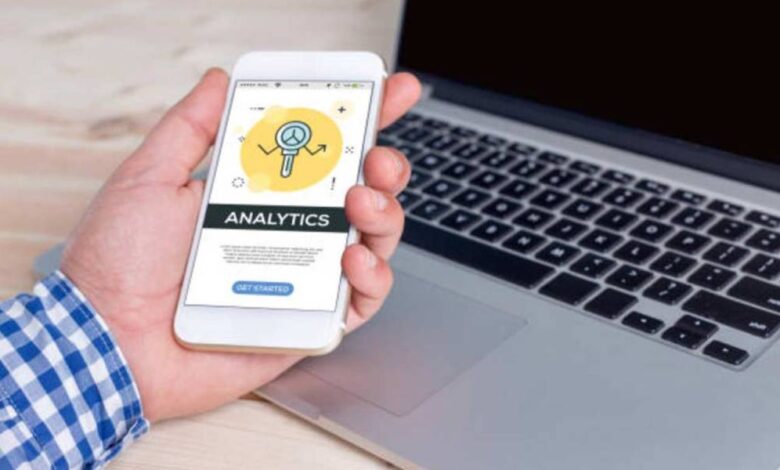Why Mobile Analytics Software Matters More Than Ever

LetŌĆÖs say you have a really cool new mobile game, or maybe a neat thing for helping people learn languages. You put your heart into it, you designed it well, andŌĆ” a handful of people are actually using it. Why? This is where mobile analytics software comes along. Mobile analytics software helps you see what your users are doing: what features they enjoy and use, where they become frustrated, how long they spend on the app, and what screens they never visit. With solid data, you can eradicate bugs, improve user experience, and expand your app with knowledge and confidence.
A few figures to chew on: analysts are forecasting the app analytics market will be USD 8.22 billion by 2025, with growth to over USD 20.13 billion by 2030 (at about a 19.6% CAGR). By 2034, the global mobile apps & web analytics market is forecasted to be USD 58.34 billion (up from about USD 12.77 billion in 2024) with a CAGR of 16.40%.
Bottom line: if your app will be successful, mobile analytics software is essential, not optional.
How Mobile User Acquisition Analytics Powers Growth
If you want others to download your app, that often requires investment in marketing. But how do you know if those investments are actually working? ThatŌĆÖs where mobile user acquisition analytics comes in: it tells you how users are coming to your app, how much each new user is costing you, and whether those users are engaging or dropping off. Without it, youŌĆÖre operating with incomplete information or even flying blind.┬Ā
Now, Bring in the Mobile Measurement Partner (Apptrove)
Mobile measurement partners (MMPs) like Apptrove fit nicely into the above narrative as a service to help app developers measure which ad campaigns, channels, or partners are ultimately resulting in true installs and meaningful engagement. Apptrove, as a mobile measurement partner, is very useful to be able to see the split between paid and organic installs, track return on ad spend, and accurately attribute conversions.┬Ā
For example, apps that utilize a structured user acquisition strategy experience user growth that is 143% higher than those that utilize an ad hoc strategy. With over 5 million apps competing for customers in the App Store + Google Play, while downloads are slightly declining (Ōēł2.3%), we want to be sure that we are building an efficient way to add to the user base, rather than just a larger user base.
What Exactly Do We Measure in Mobile App Analytics?
The introduction of mobile app analytics provides the opportunity to track multiple metrics, but some that may be most important include:
1. App Installs
Number of people who downloaded your app.
2. App Store Conversion Rates
For example, how many people landed on your app on its store listing vs those who ultimately downloaded it.
3. Split of Organic vs Non-Organic Installs
Ability to separate growth coming from advertising vs organic growth determined by word of mouth, search, etc.
4. Cost Per New User Acquisition
How much does it cost you to get a new user? The importance of this metric is to help you understand if your campaign effort is worth the investment.
5. Return on Ad Spend (ROAS)
Are the new users you are acquiring generating enough revenue (or value) to justify the amount spent?
6. Retention & Session Duration
Once acquired, do the users stay? If so, for how long? For example, in the last year session duration has increased by ~332%, which shows users are spending more time in the app, engaged compared to before.
If you are using mobile analytics software + mobile user acquisition analytics together and a mobile measurement partner like Apptrove, you can track all of the above-mentioned metrics and be able to determine which paid channels are worth investing in, what features of the app are keeping users engaged and which you should consider getting rid of or improving upon.
Final Thoughts
The app landscape is saturatedŌĆöwith more than 5 million apps vying for attention. Downloads may lag. This doesnŌĆÖt equate to hopelessness. The availability of mobile analytics software, mobile user acquisition analytics, and a mobile measurement partner, such as Apptrove, means that you have the capacity to understand what is happening in your app, what to invest in, and how to achieve sustained growth.
If you build with data, not guesses, you will generate users, retain user engagement, and build durable products. Likewise, when you see statistics like ŌĆ£session durations increased 332%ŌĆØ or ŌĆ£app analytics market will grow to USD 20B+ by 2030,ŌĆØ the moral of the story is this:┬Ā the opportunity is real, if you take continued advantage of it.





